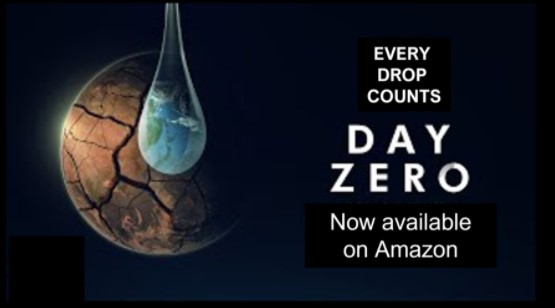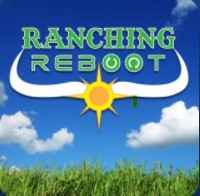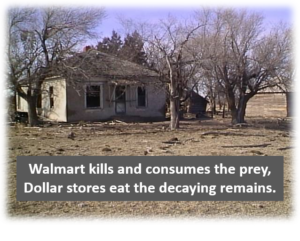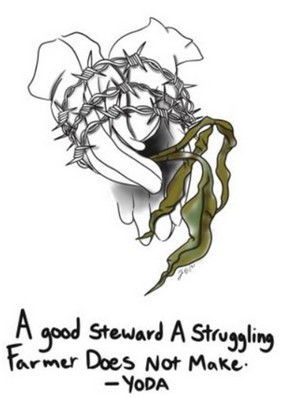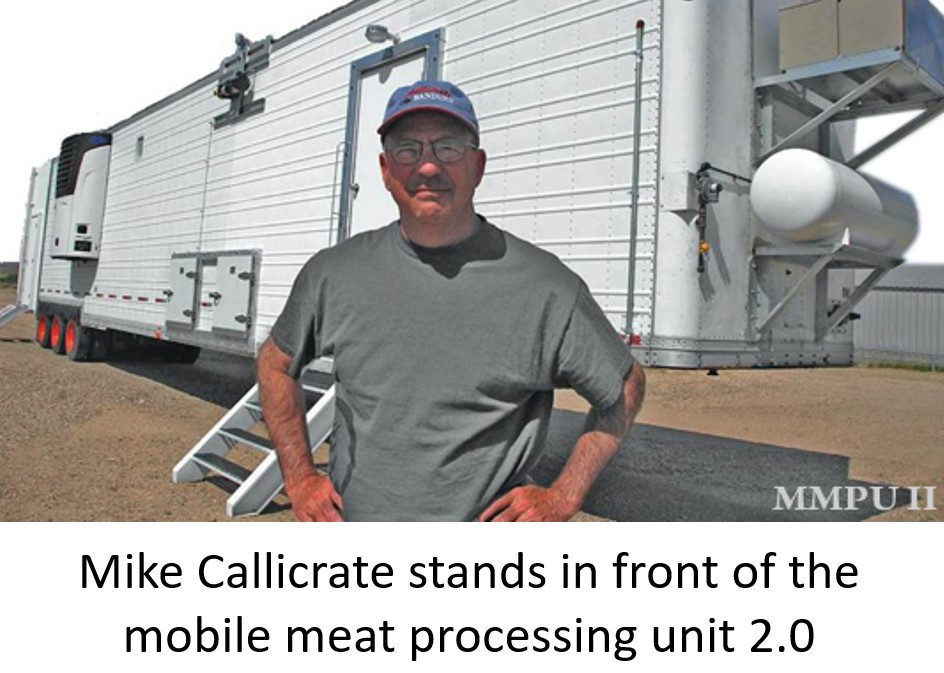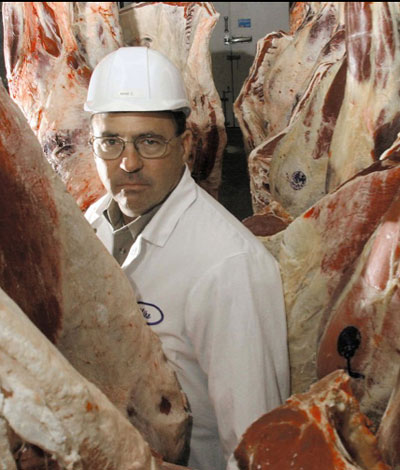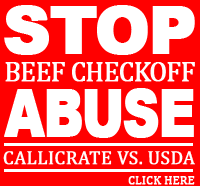“They sell things from somewhere else and take the money away everyday.”
-Francisco Chavez
Beef Miles – Less Traveled is Better!
Montevideo to Denver: ~5973.3 Miles
Matheson to Castle Rock: ~59.1 Miles
Colorado Springs to Castle Rock: ~40.7 Miles
Sprouts, a “pretend” local/natural/farmers market in Castle Rock, Colorado (one of 142 locations if the Sunflower Farmers Markets merger is approved), is buying the cheapest foreign beef on the planet and selling it at much higher prices than local, high quality, domestically produced beef. While Sprouts claims to be the “farmers market”, touting “local”, they give preferential shelf space to much more profitable imported foreign beef.

Photo taken April 27th, 2012
“Organic” on Sprouts Labeling is Misleading to Consumers

The Uruguay “Organic” label is not the USDA Organic logo consumers are accustomed to seeing. USDA certification represents significant costs to U.S. producers certified to sell under and display the USDA logo.
Cattle producers in Uruguay are among the poorest in the world, willing to accept some of the lowest prices anywhere. We know that the multinational meat packer cartel (Tyson, Cargill, JBS/Swift and National Beef) has been depressing prices for American cattle producers for a long time, but these anticompetitive practices now extend to many other countries, made possible through the many unfair “free” trade agreements.
The abusive monopoly-like power of these global predators is destroying local and regional foods systems all around the world, eliminating the ability for people to feed themselves from their own communities and regions. Despite that fact that the U.S. is the best beef consuming market, it continues to lose ranchers due to unfair domestic markets and global competition. The U.S. is becoming more and more dependent on foreign sources of beef (nearly 20% is imported), with now the smallest cow herd since 1952.
In today’s corporate controlled global economy, where companies like Sprouts hide behind the farmer’s face and talk about sustainability and local, people continue to be leveraged against people, community against community, country against country. People, land, water, animals and other resources are exploited and extracted in search of maximum profits.
Compare to a locally produced choice from Lasater Ranch, Matheson, CO, available in Castle Rock, CO:


Or compare to another locally produced choice available in Colorado Springs and Denver, CO:



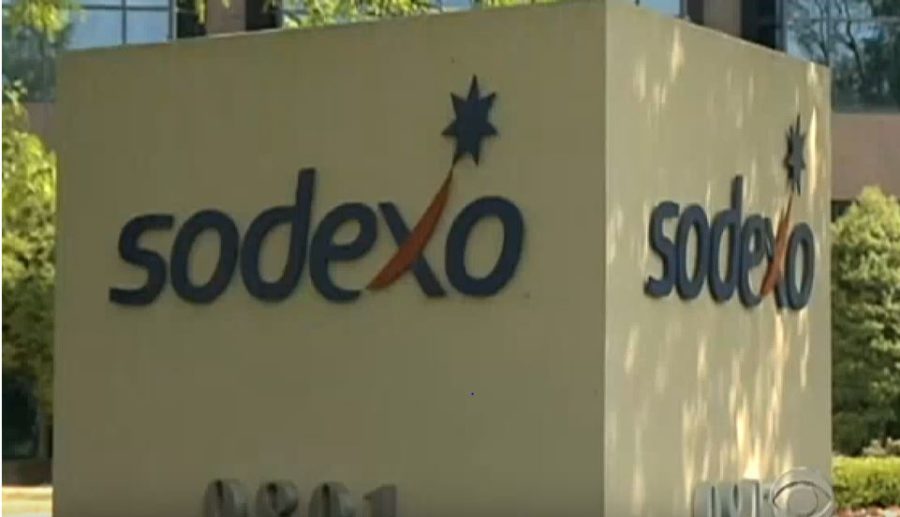



 The Uruguay “Organic” label is not the USDA Organic logo consumers are accustomed to seeing. USDA certification represents significant costs to U.S. producers certified to sell under and display the USDA logo.
The Uruguay “Organic” label is not the USDA Organic logo consumers are accustomed to seeing. USDA certification represents significant costs to U.S. producers certified to sell under and display the USDA logo.





